Stress and Strain Analysis Thick Walled Cylinder
Categories:Stress and Strain Analysis Thick Walled Cylinder Technical Description: In contrast to thin-walled vessels, when designing thick-walled vessels allowance must be made for an uneven distribution of st...
Product
Description
Stress and Strain Analysis Thick Walled Cylinder
Technical Description:
In contrast to thin-walled vessels, when designing thick-walled vessels allowance must be made for an uneven distribution of stresses through the thickness of the wall. The stress state in a thick-walled vessel under internal pressure is triaxial. The direct stresses and strains occur: radial, circumferential, hoop and axial. Since the stresses and strains occurring in a vessel are not measured directly, they are determined by measuring strains on the surface. Strain gauges are employed to record the strains electrically and the stresses and strains are determined from those measurements. The experimental unit is used to investigate direct stresses and strains occurring on a thick-walled cylinder subjected to internal pressure. The oil-filled cylinder is made up of two halves, and is sealed on both sides. Internal pressure is generated inside the vessel with a hydraulic cylinder and a hydraulic pump. A pressure gauge indicates the internal pressure. An eccentric groove is cut between the two halves of the cylinder, in which the strain gauges are mounted at various radial points. Additional strain gauges are mounted on the inner and outer surfaces of the cylinder. Radial, hoop and axial strains are measured, enabling the strain state to be fully recorded. The measurement amplifier displays the recorded signals as measured value readouts. To assist and visualise evaluation of the experiment, the measured values can be imported into the applications software. Mohr’s Circle for stress and strain analysis is used to represent the triaxial stress state in the cylinder wall graphically. The direct stresses and strains are calculated from the measured strains, applying the appropriate equation of elasticity. The well-structured instructional material sets out the fundamentals and provides a step-by-step guide through the experiments.
Specification:
1. Investigation of the stresses and strains in a thick-walled cylinder under internal pressure 2. Two-part cylinder with flat groove 3. Strain gauge application at various radial points in the groove and on the cylinder surface 4. Hydraulic cylinder with hydraulic pump to generate pressure 5. Hermetically sealed hydraulic system, maintenance-free 6. Multi-pin connector for measurement amplifier providedTechnical Data:
Aluminium cylinder
- length: 300mm - diameter: d=140mm - wall thickness: 50mm - internal pressure: max. 7N/mm² (70bar)
Strain gauge application
- 11 strain gauges: half-bridges, 350Ohm - gauge factor: 2,00 +/-1% - supply voltage: 10V Pressure gauge: 0...100bar, accuracy: class 1,0
quick overview :
Stress and Strain Analysis Thick Walled Cylinder
Technical Description:
In contrast to thin-walled vessels, when designing thick-walled vessels allowance must be made for an uneven distribution of stresses through the thickness of the wall. The stress state in a thick-walled vessel under internal pressure is triaxial. The direct stresses and strains occur: radial, circumferential, hoop and axial. Since the stresses and strains occurring in a vessel are not measured directly, they are determined by measuring strains on the surface. Strain gauges are employed to record the strains electrically and the stresses and strains are determined from those measurements. The experimental unit is used to investigate direct stresses and strains occurring on a thick-walled cylinder subjected to internal pressure. The oil-filled cylinder is made up of two halves, and is sealed on both sides. Internal pressure is generated inside the vessel with a hydraulic cylinder and a hydraulic pump. A pressure gauge indicates the internal pressure. An eccentric groove is cut between the two halves of the cylinder, in which the strain gauges are mounted at various radial points. Additional strain gauges are mounted on the inner and outer surfaces of the cylinder. Radial, hoop and axial strains are measured, enabling the strain state to be fully recorded. The measurement amplifier displays the recorded signals as measured value readouts. To assist and visualise evaluation of the experiment, the measured values can be imported into the applications software. Mohr’s Circle for stress and strain analysis is used to represent the triaxial stress state in the cylinder wall graphically. The direct stresses and strains are calculated from the measured strains, applying the appropriate equation of elasticity. The well-structured instructional material sets out the fundamentals and provides a step-by-step guide through the experiments.
Specification:
1. Investigation of the stresses and strains in a thick-walled cylinder under internal pressure 2. Two-part cylinder with flat groove 3. Strain gauge application at various radial points in the groove and on the cylinder surface 4. Hydraulic cylinder with hydraulic pump to generate pressure 5. Hermetically sealed hydraulic system, maintenance-free 6. Multi-pin connector for measurement amplifier providedTechnical Data:
Aluminium cylinder
- length: 300mm - diameter: d=140mm - wall thickness: 50mm - internal pressure: max. 7N/mm² (70bar)
Strain gauge application
- 11 strain gauges: half-bridges, 350Ohm - gauge factor: 2,00 +/-1% - supply voltage: 10V Pressure gauge: 0...100bar, accuracy: class 1,0
Product
Reviews
add Review
reviews
No Review Yet.
Copyrights © 2025 All Rights Reserved by Atico

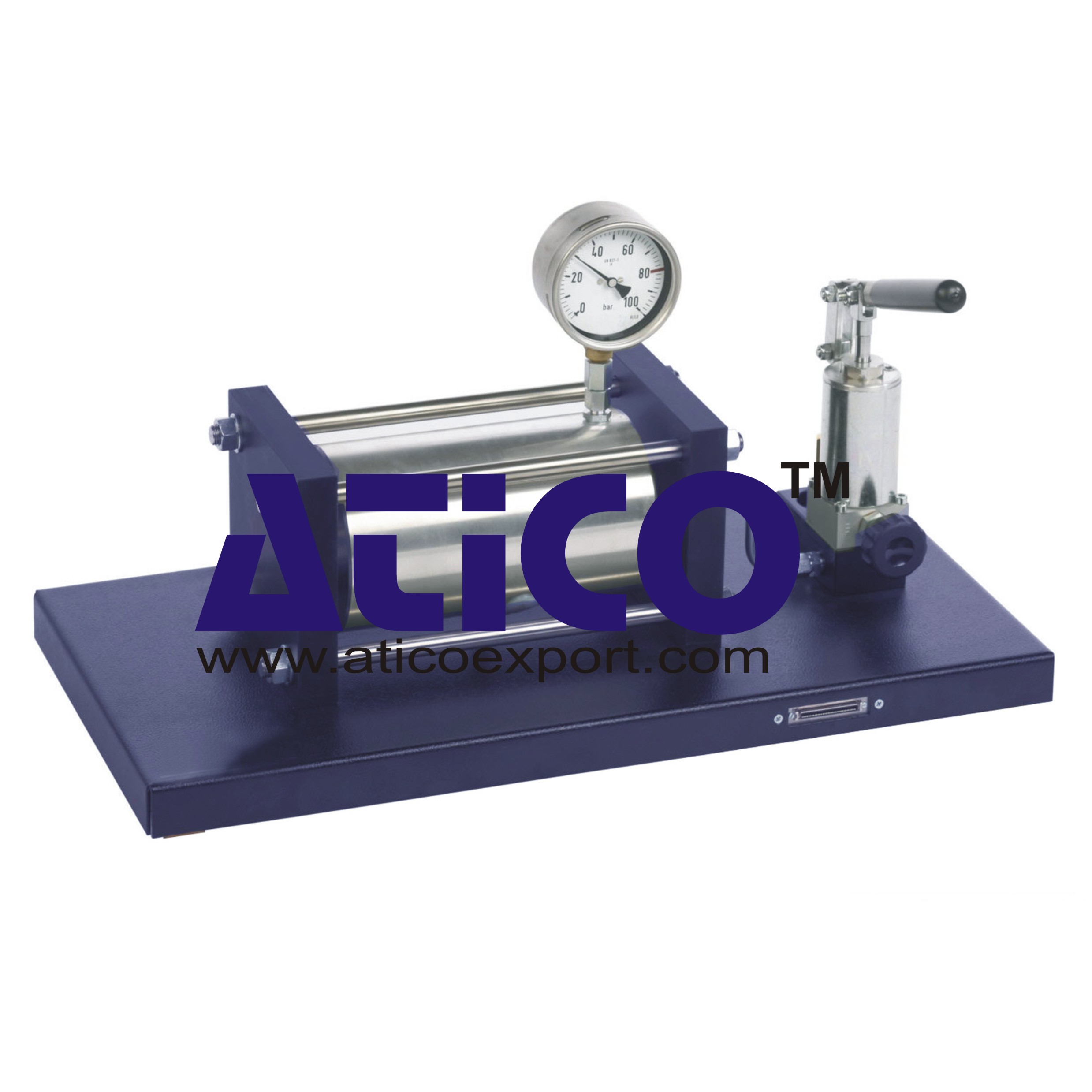




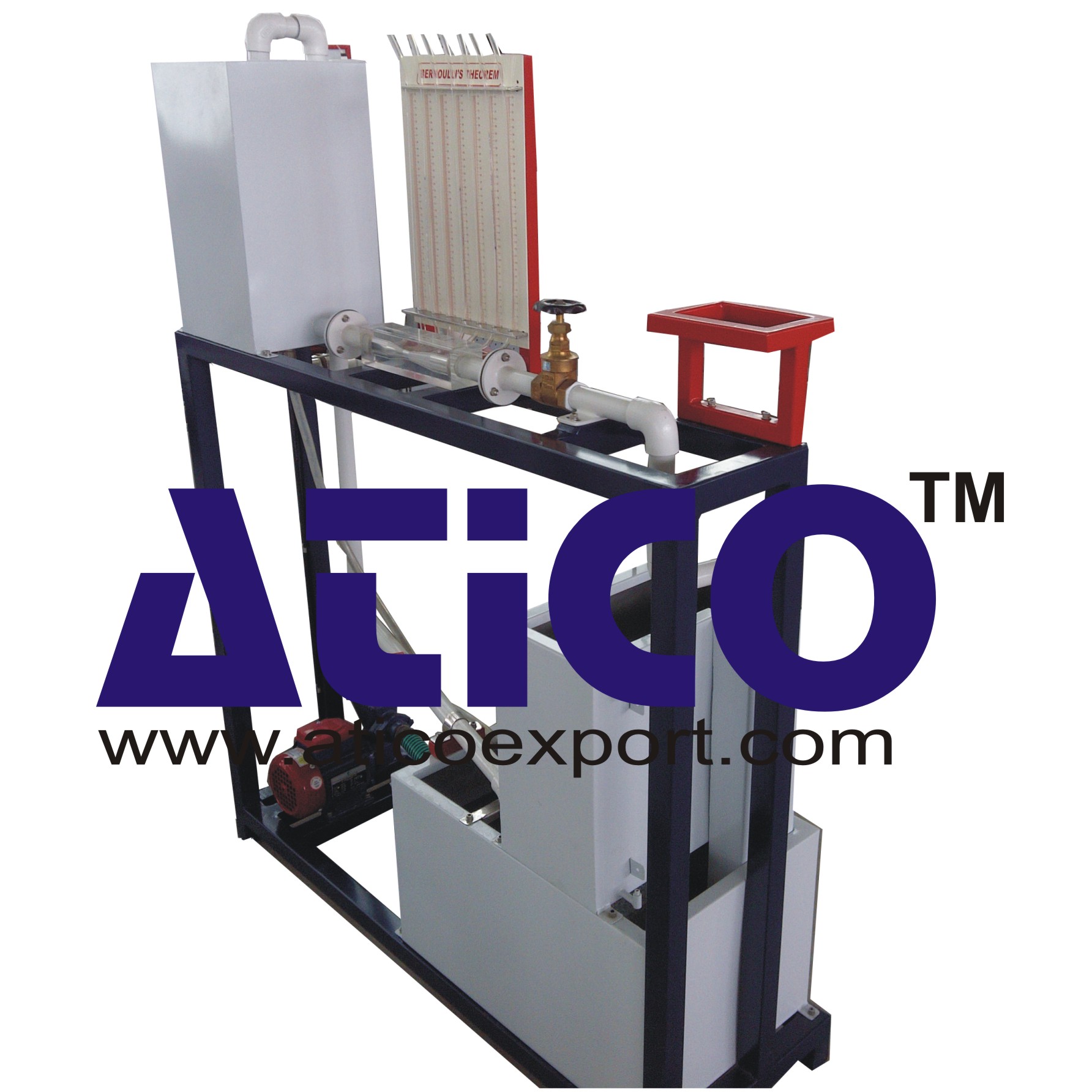
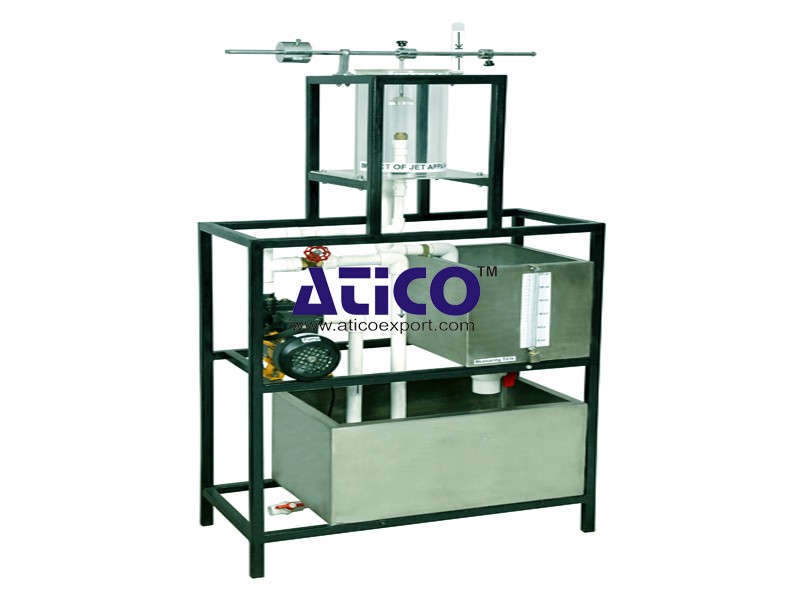
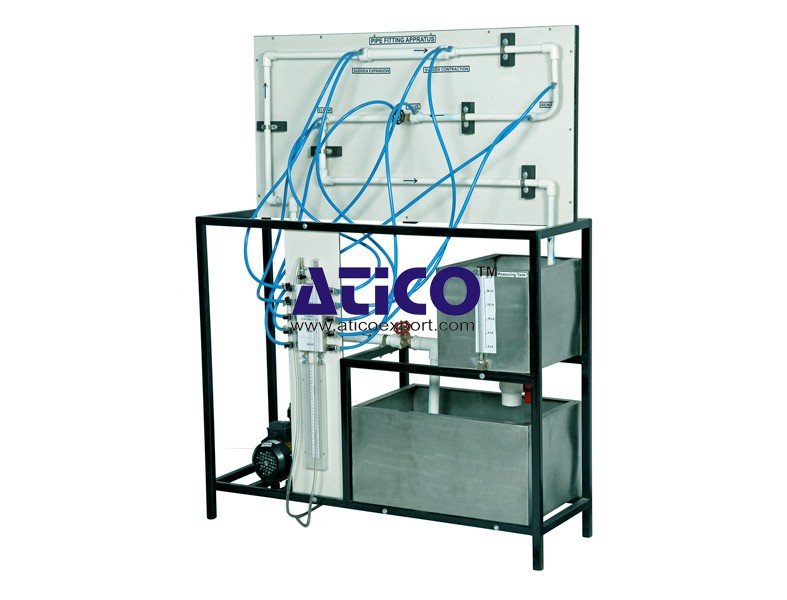
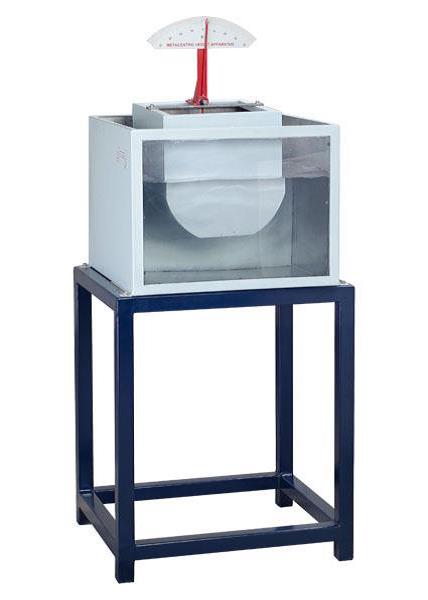
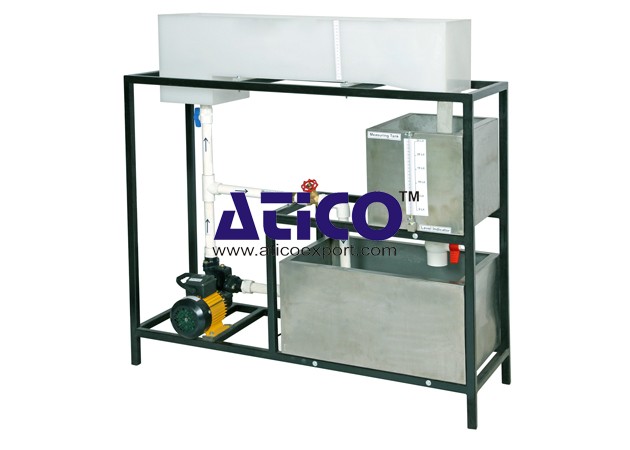
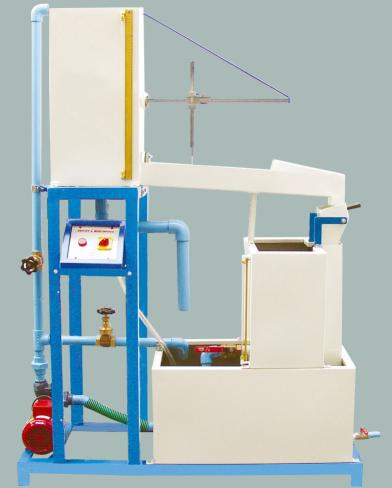
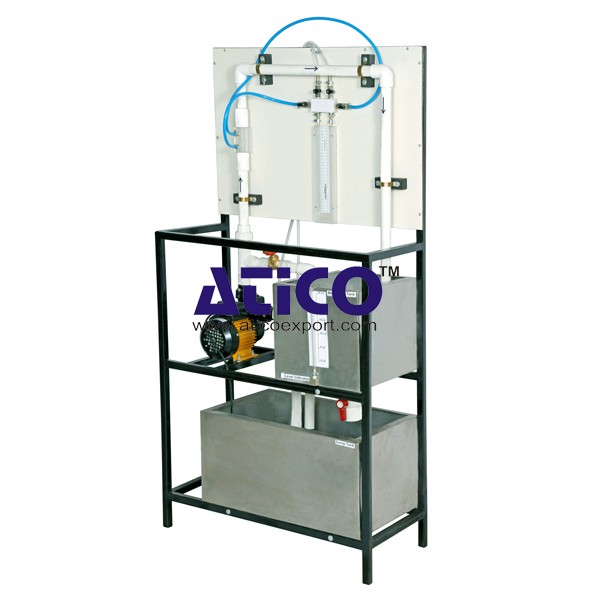
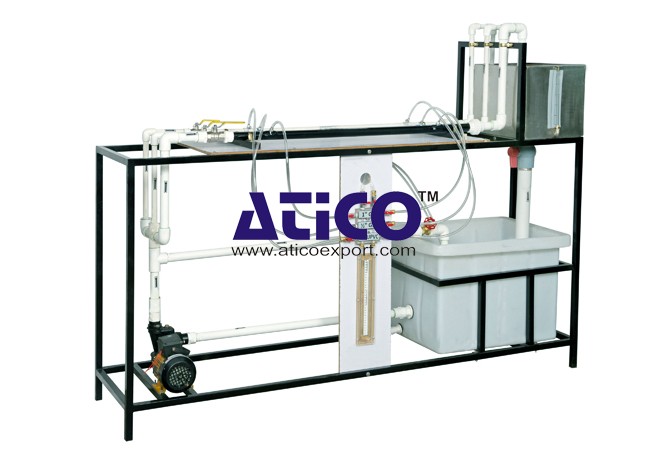
Product
Reviews
add Review
reviews
No Review Yet.